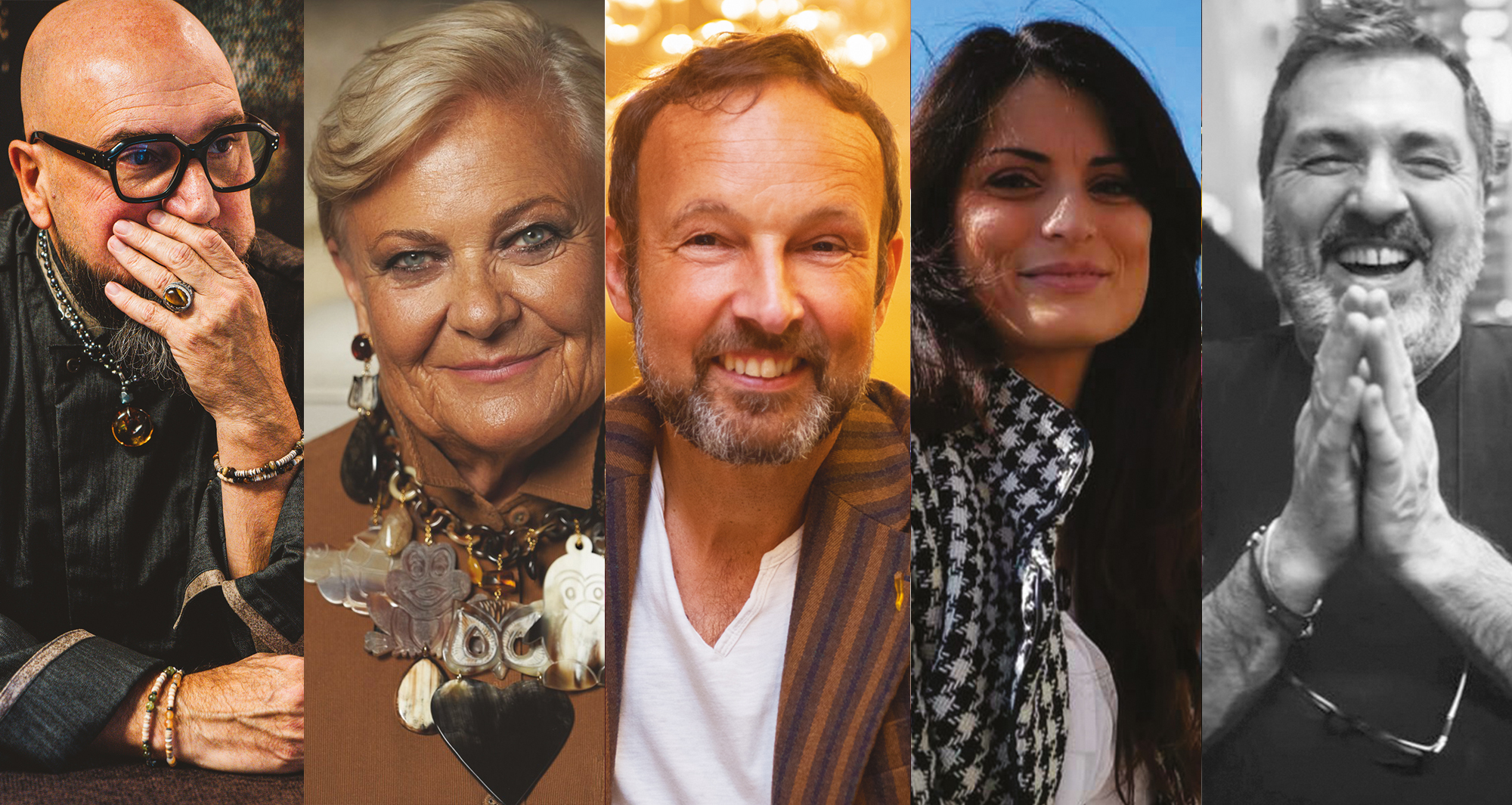
2023, il Gioiello Moda tiene ma occorre sempre più ricerca, marketing e innovazione
I brand di riferimento confermano una chiusura con segno positivo, ma è una lotta quotidiana contro i prodotti importanti di scarsa qualità
Il lavoro sulla ricerca e sulla qualità, gli investimenti forti sul made in Italy per «continuare a fare la differenza», il vintage intramontabile, il segreto della produzione non esternalizzata per evitare la trappola del mercato parallelo. Ecco la ricetta del settore del bijoux per difendersi dalla crisi o dal rischio flessione. Gli operatori fanno un bilancio del 2023 analizzando fatturati, punti di forza e debolezza.
La previsione del 2024 non può prescindere dalla premessa, che è una “dolce condanna” ma anche la grande sfida: «Un po’ come la moda – raccontano a Preziosa Magazine gli intervistati – dobbiamo sempre rinnovarci e specializzarci per difenderci dal problema dell’importazione che inquina il nostro mercato».
La criticità maggiore che viene avvertita è la micro concorrenza spesso sleale, alimentata anche da dirette social che propongono oggetti di basso lignaggio. Francesco Massari, fondatore e titolare di Gemmarium, dichiara: «In questi anni, il mondo del bijoux ha conosciuto stagioni di primario interesse. Abbiamo conquistato uno spazio importante in gioielleria e alta gamma: chi ha scelto la nostra azienda per la qualità delle nostre pietre dure naturali e il design artigianale, ha riconosciuto un valore aggiunto che altri prodotti non hanno. Il 2023 è stato un anno molto difficile. Non lo definisco, però, negativo: siamo riusciti ad ottenere un incremento del fatturato che oscilla tra il +10% e il +15% rispetto al 2022, quindi riscontriamo una situazione di sostanziale stabilità. Si tratta, però, di una stabilità nei numeri ma non come energia messa in campo. Abbiamo dovuto profondere, infatti, sforzi e investimenti maggiori, perché sono anche lievitati i costi delle materie prime e perché dobbiamo conservare standard altissimi di qualità, se vogliamo davvero difenderci dai rischi, dalle insidie».
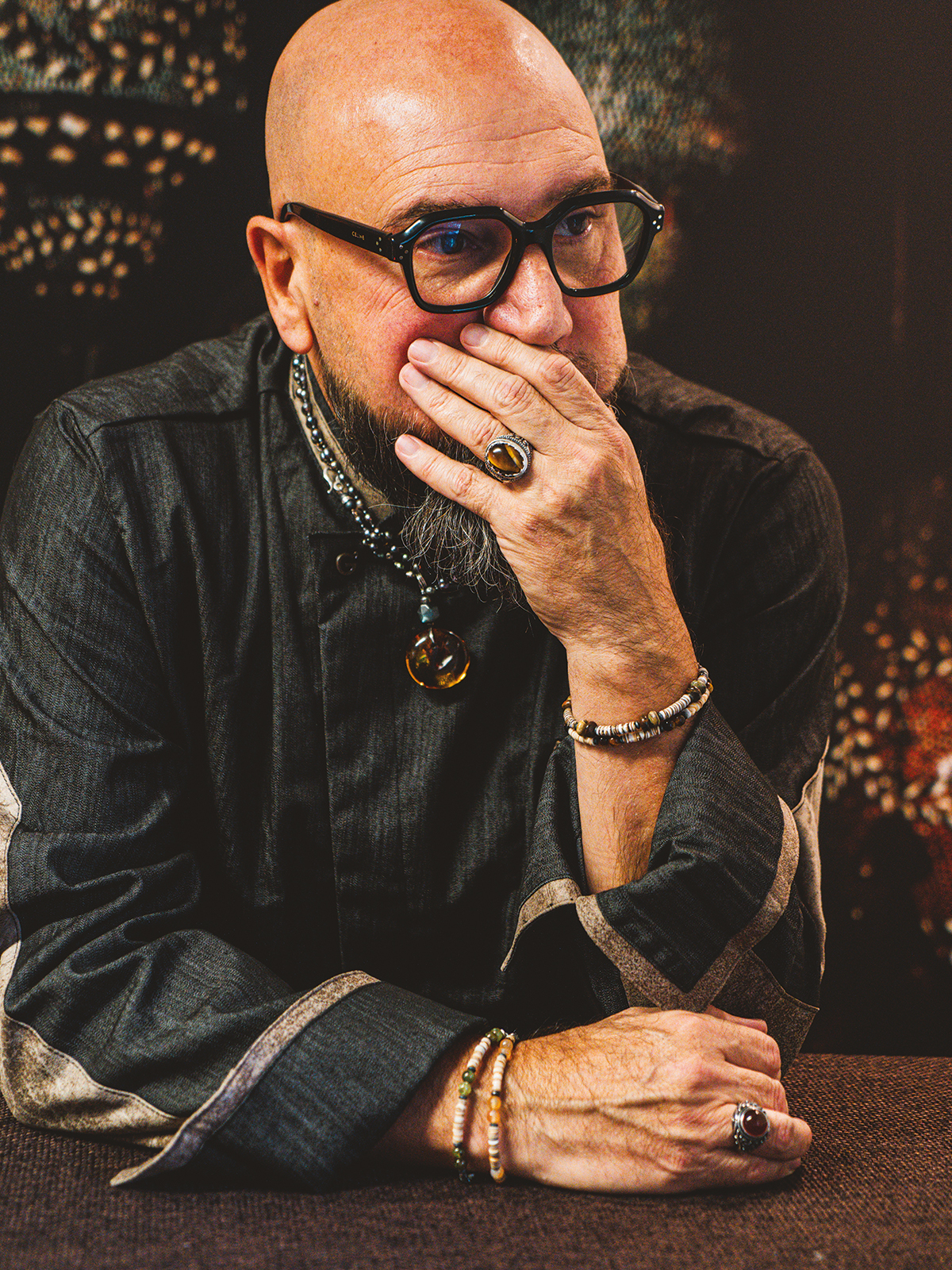
«Abbiamo conquistato uno spazio importante in gioielleria e alta gamma: chi ha scelto la nostra azienda, ha riconosciuto un valore aggiunto che altri prodotti non hanno»
Francesco Massari
fondatore e titolare di Gemmarium
Ecco quali, secondo Massari: «I negozianti vogliono lavorare con un prodotto mass market, cioè un concetto molto popolare e anche privo di contenuti. Non è detto, infatti, che questo prodotto fortemente spinto anche sui social attraverso influencer si venda facilmente. C’è dunque una fascia di clientela che guarda esclusivamente alla pubblicità. Altri clienti, invece, guardano al prodotto, alle sue caratteristiche e al lavoro di ricerca che c’è dietro. Le difficoltà che evidenzio sono anche conseguenza della forte spinta, proveniente dalla Cina e dal Medio Oriente, di prodotti di bassa qualità. Gemmarium ha una clientela di età compresa tra i 35 ed i 75 anni e il continuo bombardamento che arriva dai social spinge il pubblico ad una scelta più ragionata. È importantissimo che vi sia una consapevolezza ma crea anche un rallentamento per il raggiungimento degli obiettivi di acquisto e quindi di vendita».
Ecco le contromosse: «Noi come Gemmarium abbiamo reagito con una comunicazione contemporanea e che punti soprattutto sulla consapevolezza. La utilizziamo non come televendita – spiega Francesco Massari – ma facendo capire al cliente il lavoro di ricerca e di qualità che c’è dietro. Consideriamo alcune fiere molto distanti dai progetti che noi, come specialisti di gioielli in pietre dure, avremmo necessità di sviluppare. Nel 2024 continueremo ad investire molto sullo studio e design delle nostre collezioni. Nelle ultime collezioni – Gemmarium per la donna e Homo per l’uomo – abbiamo, ad esempio, spinto su caratteri molto spiccati per dare il cambio di passo fondamentale per la nostra linea di produzione. La nostra strategia, dunque, sarà staccarci dalla produzione di serie lavorando su un prodotto specifico. Mi aspetto un anno molto interessante, perché metteremo in atto tutta la verifica delle nostre intenzioni».
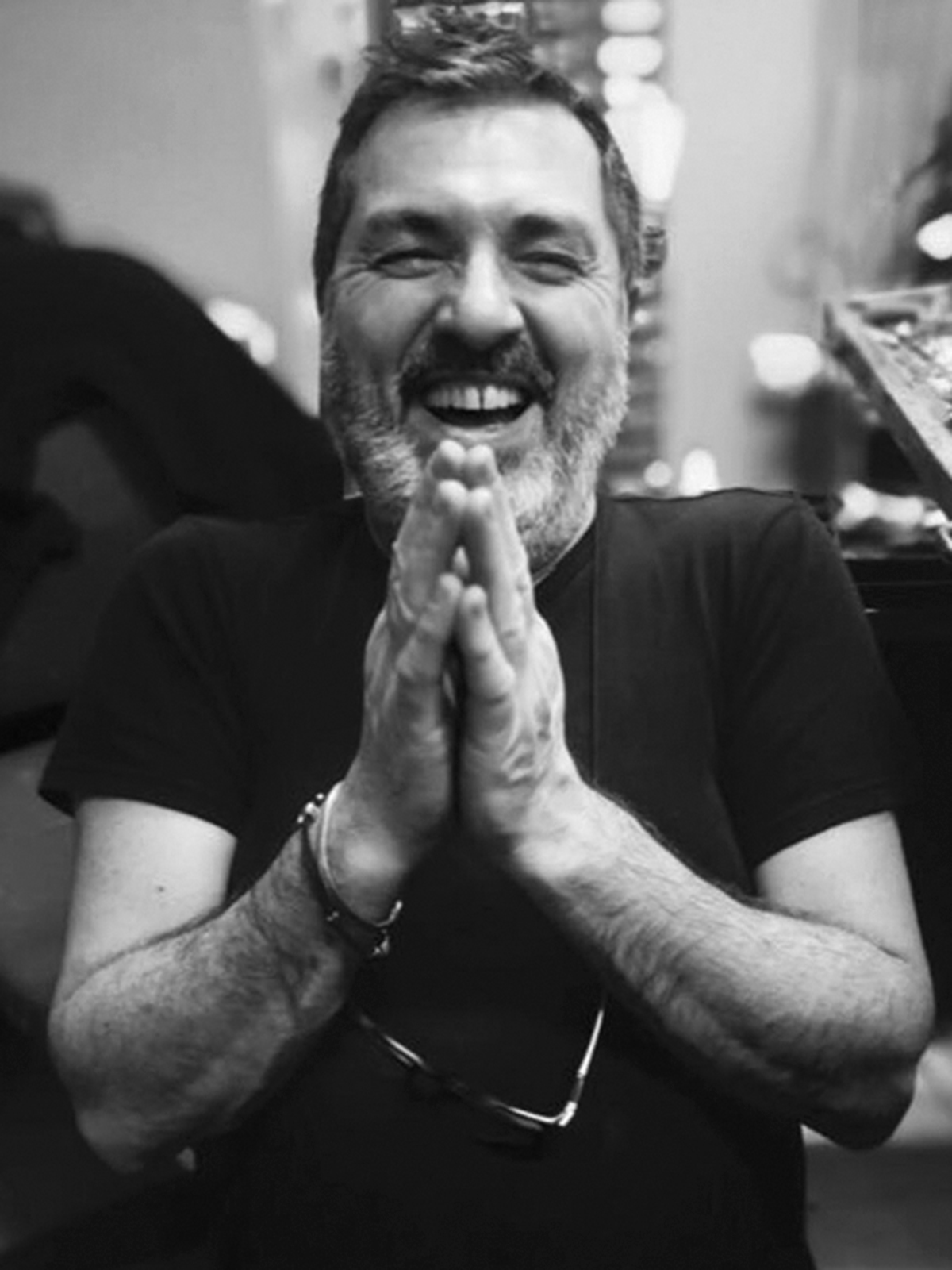
«Non abbiamo aspettato alla finestra in attesa di tempi migliori, dopo la crisi del 2022.
Al contrario, abbiamo rotto gli indugi: abbiamo innovato e basta»
Cosmo Petrone
fondatore della Vintage Bijoux Preziosi
Cosmo Petrone, fondatore della Vintage Bijoux Preziosi, traccia il bilancio di un «2023 che ci ha dato grandi soddisfazioni con inserimento di idee e prodotti nuovi. Siamo un’azienda che ha uno zoccolo duro di quasi 50 anni e l’abbiamo rinnovato investendo in tecnologia, prodotti e uomini per limitare la concorrenza. La clientela ha apprezzato molto».
Quali investimenti, nel dettaglio? «Abbiamo puntato tutto su linee che hanno come caratteristiche le paste vitree ed i cammei in fine porcellana. Abbiamo innovato con una galvanica sui pezzi, affinché sia garantita una tenuta quasi illimitata dei prodotti. Non abbiamo aspettato alla finestra in attesa di tempi migliori, dopo la crisi del 2022. Al contrario, abbiamo rotto gli indugi: abbiamo innovato e basta. Il fatturato ha fatto registrare un incremento del 30-35% e la previsione sul 2024 è un investimento ulteriore su ricerca, sviluppo e tecnologia. Noi ci inseriamo in una nicchia di mercato che non è solo gioielleria o solo bigiotteria. Noi siamo esattamente al centro. Abbiamo tecniche di lavorazione uguali ai gioielli ma anziché metallo prezioso utilizziamo lega in bronzo. Il risultato che abbiamo ottenuto è stato indirizzare i cammei in chiave neoclassica: opere di Canova e Thorvaldsen riprodotte in conchiglia. Le paste vitree hanno la stessa raffigurazione: produciamo noi, non abbiamo concorrenza. Abbiamo creduto fortemente nel made in Italy e non crediamo, invece, nella decentralizzazione. Non è conveniente disegnare in Italia e poi commissionare la produzione in Cina, perché poi sappiamo bene che si rischia il mercato parallelo. Il nostro punto di forza è seguire le mode ma produrre in autonomia per offrire un prodotto di altissima qualità nei nostri laboratori e non avere competitor».
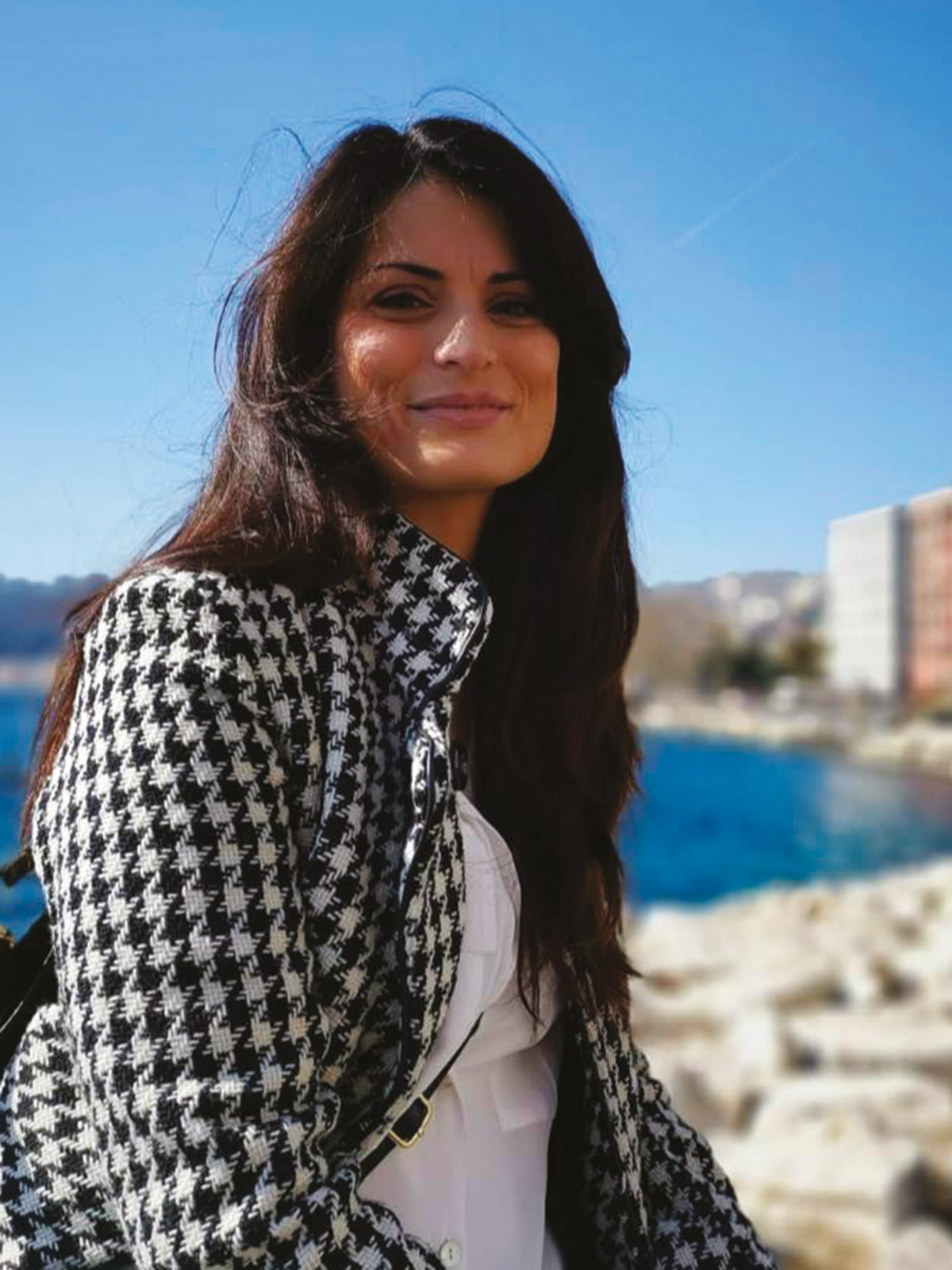
«Il nostro made in Italy è garanzia di personalizzazione e differenziazione. Inoltre noi garantiamo un servizio post vendita che altri competitor non potranno mai assicurare»
Maria Rosaria Germano
Confuorto Gioielli
Maria Rosaria Germano, Confuorto Gioielli, non nasconde che «il settore non vive più gli anni di splendore dell’inizio 2000 ma la nostra azienda è comunque in risalita dal punto di vista della produzione e della distribuzione rispetto al 2022 e in termini di fatturato registriamo un incremento 2023 rispetto all’annualità precedente, +20-25%». Il filo conduttore lega gli operatori di settore: difendersi dalla concorrenza sleale e trovare strategie che consentano di confermarsi come brand di qualità.
«Siamo presenti sul mercato da oltre 30 anni – dice Germano – ed ai nostri clienti, che talvolta si aspettano un prezzo più contenuto, spieghiamo che i prodotti di basso lignaggio, provenienti da paesi emergenti, non potranno mai garantire ciò che noi proponiamo. Lo spieghiamo attraverso una comunicazione quotidiana e costante: il nostro made in Italy è garanzia di personalizzazione e differenziazione. Inoltre noi garantiamo un servizio post vendita che altri competitor con prodotti importati non potranno mai assicurare. Abbiamo clienti che ritornano da noi e che ci chiedono di dare nuova vita ad una collana in perle, vecchia di dieci anni. Possiamo accontentarli grazie alle abilità dei maestri orafi e grazie al laboratorio che è presente al nostro interno. Le prospettive per il 2024 terranno contro di due canali di sviluppo. Il primo è la conferma di un investimento sempre massiccio sulla comunicazione e la valorizzazione del nostro brand: saremo molto presenti nelle vetrine dei nostri clienti. Il secondo è una sterzata inevitabile verso la vendita on line, un canale che consideriamo irrinunciabile perché è sempre più utilizzato dai clienti».
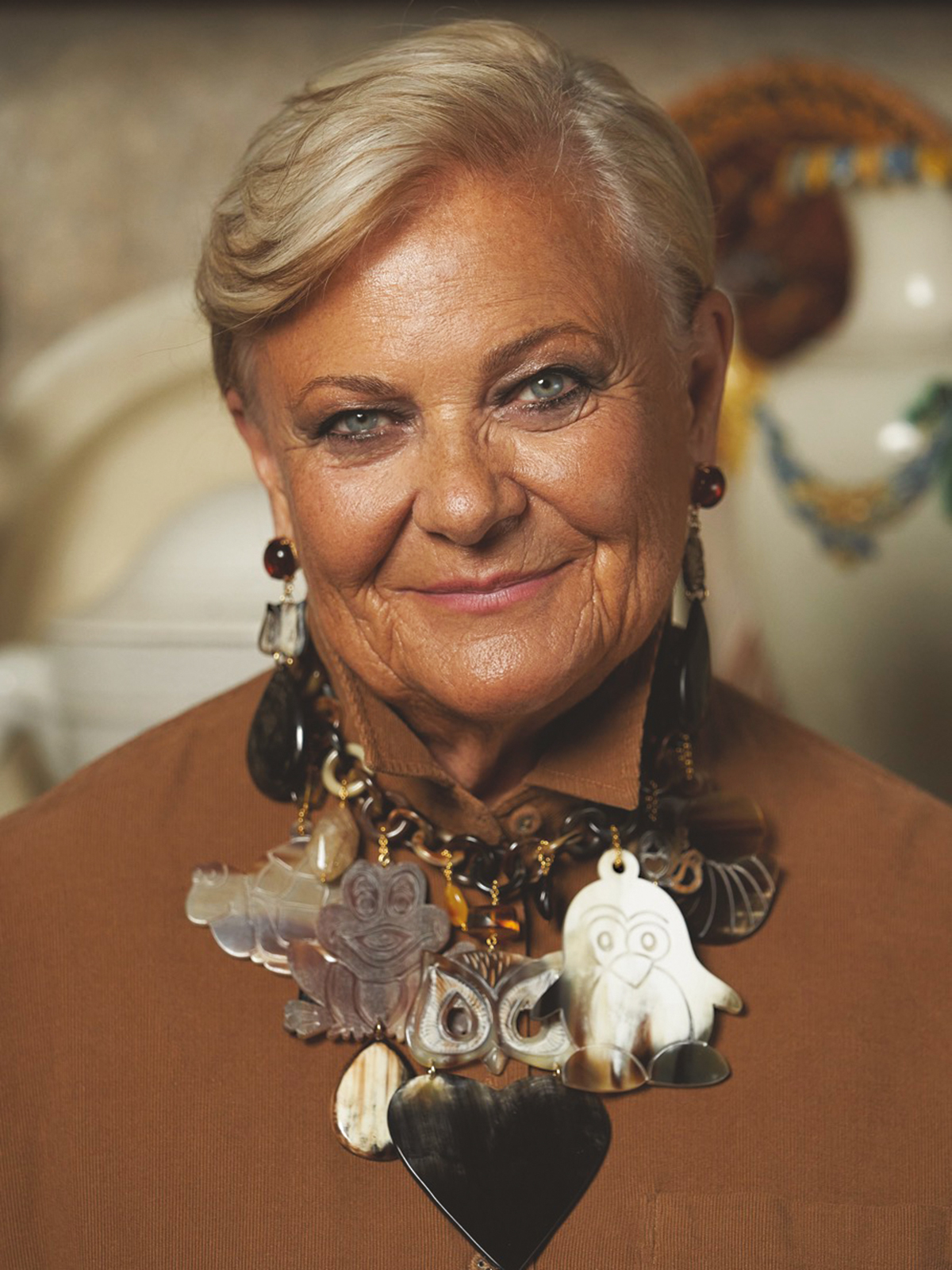
«Il nostro investimento deve continuare a concentrarsi su un prodotto di nicchia e di qualità, perché disturbano molto la concorrenza sleale e il prodotto di basso lignaggio che provengono dai paesi emergenti»
Marisa Angelucci
creatrice e fondatrice di Amlé
Ecco Marisa Angelucci, creatrice e fondatrice di Amlé: «I problemi ed i rallentamenti ci sono stati riferiti anche dai nostri clienti, quando li abbiamo incontrati. Poi alla fine hanno tutti comprato. Nel nostro caso, è andata così. Registriamo un fatturato 2023 non in flessione ma con un trend stabile, di replica del 2022. Pur restando nel bijoux, utilizziamo prodotti di qualità molto alta. L’unica cosa che non usiamo è la montatura in oro ma resta un prodotto di nicchia che si bilancia tra gioielleria e bigiotteria. La nostra clientela è affezionata e fidelizzata soprattutto sulla montatura in argento Il nostro investimento deve continuare a concentrarsi su un prodotto di nicchia e di qualità, perché disturbano molto la concorrenza sleale e il prodotto di basso lignaggio che provengono dai paesi emergenti».
In che modo reagisce l’azienda? «Cerchiamo di difenderci diffondendo una documentazione sempre più chiara e utilizzando una manodopera sempre più di qualità, sebbene i costi per sostenerla siano più alti. Abbiamo il nostro made in Italy dal quale non ci dobbiamo staccare. Deve essere sempre più presente nella nostra manifattura».
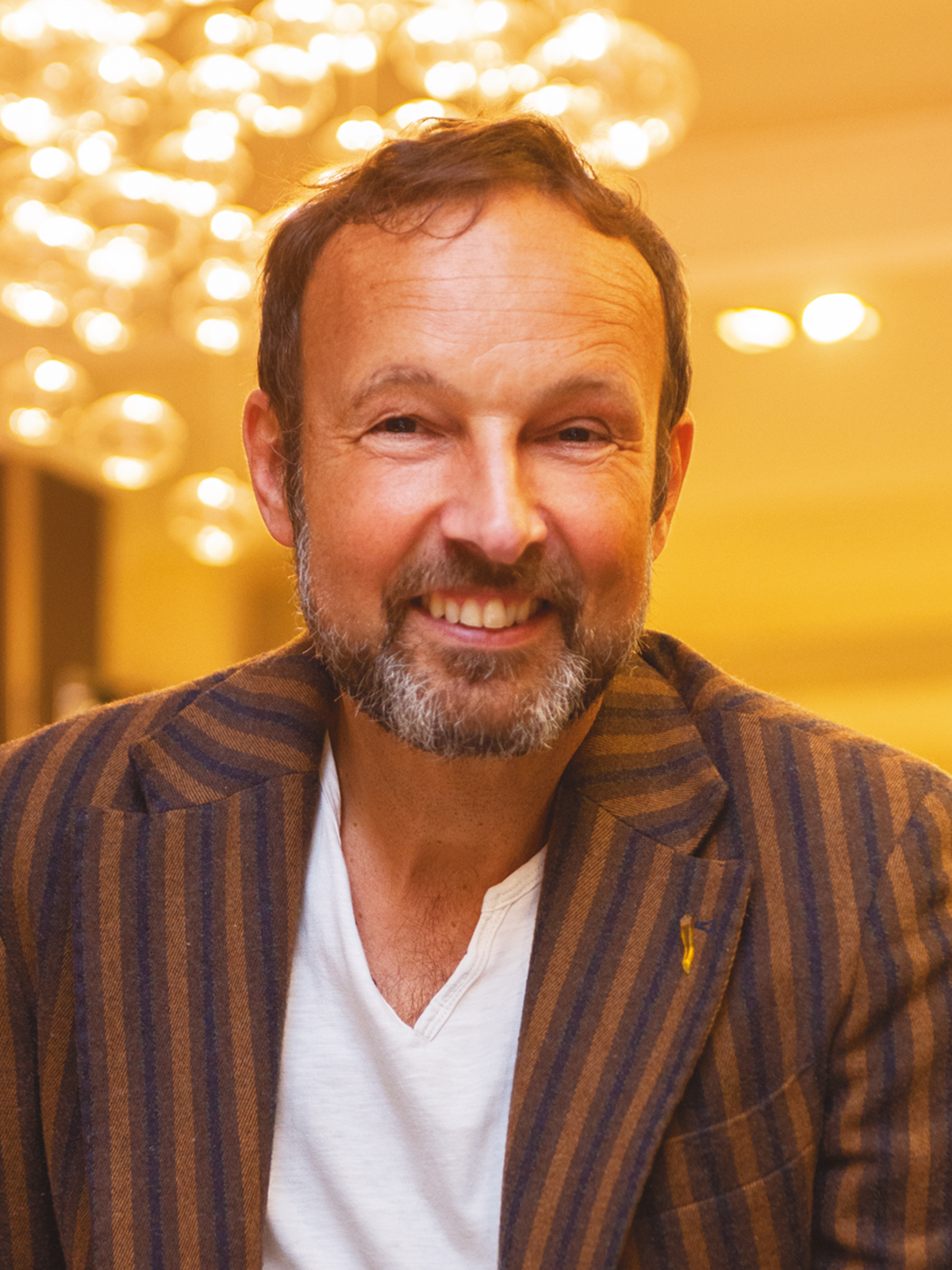
«Reggiamo all’urto del micro mercato dei paesi emergenti grazie alla buona riuscita delle collezioni, alla abilità nella realizzazione di alcuni prodotti venduti bene. Abbiamo introdotto nuovi marchi»
Marco Simeone
bysimon.it
L’analisi di Marco Simeone, bysimon.it: «Chiudiamo il 2023 con un leggero incremento rispetto al 2022: +15%. L’anno scorso, però, l’incremento fu maggiore in raffronto al periodo precedente, legato certamente ad una spinta economica generale e di reazione post Covid. Reggiamo all’urto del micro mercato dei paesi emergenti grazie alla buona riuscita delle collezioni, alla abilità nella realizzazione di alcuni prodotti venduti bene. Abbiamo introdotto nuovi marchi. I social e la comunicazione vanno di pari passo e cerchiamo di sfruttarne le potenzialità. L’80% del nostro fatturato è B2B e il 20% è B2C».
2023, Jewelry Fashion holds But more and more research, marketing and innovation is needed
Reference brands confirm a positive closing, but it is a daily struggle against important products of poor quality
Work on research and quality, strong investment in made in Italy to “continue to make a difference,” timeless vintage, the secret of non-sourced production to avoid the trap of the parallel market. Here is the bijoux sector’s recipe to defend itself from the crisis or downturn risk. Operators take stock of 2023 by analyzing turnovers, strengths and weaknesses.
The 2024 forecast cannot ignore the premise, which is a “sweet condemnation” but also the great challenge: “A bit like fashion,” interviewees tell Preziosa Magazine, “we must always renew and specialize to defend ourselves from the import problem that pollutes our market. The biggest critical issue that is felt is the often unfair micro-competition, also fueled by social directs that propose low lineage items. Francesco Massari, founder and owner of Gemmarium, states: “In recent years, the world of bijoux has experienced seasons of primary interest. We have gained an important space in jewelry and high-end: those who chose our company because of the quality of our natural gemstones and handcrafted design recognized an added value that other products do not have. The year 2023 was a very difficult year. However, I do not call it negative: we managed to achieve an increase in sales of between +10% and +15% compared to 2022, so we find a situation of substantial stability. It is, however, stability in numbers but not as energy put in. In fact, we have had to put in more effort and investment because the costs of raw materials have also risen and because we have to maintain very high standards of quality if we really want to defend ourselves against risks, against pitfalls.” Here are which ones, according to Massari: “Retailers want to work with a mass market product, that is, a concept that is very popular and also lacking in content. In fact, it is not certain that this product that is also strongly pushed on social through influencers will sell easily. Thus, there is a segment of customers who look exclusively at advertising. Other customers, however, look at the product, its features, and the research work behind it.
The difficulties I highlight are also a consequence of the strong push from China and the Middle East for low-quality products. Gemmarium has a customer base between the ages of 35 and 75, and the constant bombardment coming from social media pushes the public to make a more reasoned choice. It is most important that there is awareness but it also creates a slowdown in achieving purchase and therefore sales goals.” Here are the countermoves: “We as Gemmarium have reacted with a contemporary communication that focuses primarily on awareness. We use it not as telesales,” explains Francesco Massari, “but by making the customer understand the research and quality work behind it. We consider some fairs to be very distant from the projects that we, as gemstone jewelry specialists, would need to develop. In 2024 we will continue to invest heavily in the study and design of our collections. In the last collections-Gemmarium for women and Homo for men-we have, for example, pushed on very distinct characters to give the fundamental change of pace for our production line. Our strategy, then, will be to break away from mass production by working on a specific product. I expect a very interesting year, because we will put in place all the verification of our intentions.”
Cosmo Petrone, founder of Vintage Precious Bijoux, takes stock of a “2023 that has given us great satisfaction with the inclusion of new ideas and products. We are a company that has a hard core of almost 50 years and we have renewed it by investing in technology, products and men to limit competition. Customers have been very appreciative.” What investments, in detail? “We focused everything on lines that feature glass pastes and cameos in fine porcelain. We innovated with electroplating on the pieces so that an almost unlimited hold of the products is guaranteed. We did not wait at the window waiting for better times after the crisis of 2022. On the contrary, we have broken the buck: we have just innovated. Sales have increased by 30-35%, and the forecast for 2024 is further investment in research, development and technology. We fit into a market niche that is not just jewelry or just costume jewelry. We are exactly in the middle. We have the same processing techniques as jewelry but instead of precious metal we use bronze alloy. The result we achieved was to address cameos in a neoclassical key: works by Canova and Thorvaldsen reproduced in shell. The glass pastes have the same depiction: we produce, we have no competition. We strongly believed in made in Italy and do not believe, however, in decentralization. We strongly believed in made in Italy and we do not believe, however, in decentralization. It is not convenient to design in Italy and then commission production in China, because then we know that we risk the parallel market. Our strength is to follow fashions but produce independently to offer a very high quality product in our laboratories and have no competitors.”
Maria Rosaria Germano, Confuorto Gioielli, makes no secret of the fact that “the sector is no longer experiencing the glory years of the early 2000s, but our company is nonetheless on the rise from a production and distribution standpoint compared to 2022, and in terms of turnover we are registering a 2023 increase over the previous year, +20-25%.” The common thread binds industry players: defending themselves against unfair competition and finding strategies to confirm themselves as quality brands. “We have been in the market for more than 30 years – says Germano-and to our customers, who sometimes expect a lower price, we explain that low lineage products from emerging countries can never guarantee what we offer. We explain this through daily and constant communication: our made in Italy is a guarantee of customization and differentiation. In addition, we guarantee after-sales service that other competitors with imported products can never ensure. We have customers who return to us and ask us to give new life to a pearl necklace, ten years old. We can satisfy them thanks to the skills of the master goldsmiths and thanks to the workshop that is in-house. The prospects for 2024 will hold against two channels of development. The first is the confirmation of an always massive investment on communication and the enhancement of our brand: we will be very present in the windows of our customers. The second is an inevitable steering toward online sales, a channel we consider indispensable because it is increasingly used by customers.”
Here is Marisa Angelucci, creator and founder of Amlé: “The problems and slowdowns were also reported to us by our customers when we met with them. Then they all bought in the end. In our case, that’s what happened. We record a 2023 turnover not declining but with a stable trend, of replicating 2022. While remaining in bijoux, we use very high quality products. The only thing we don’t use is gold settings but it remains a niche product that balances between jewelry and costume jewelry. Our clientele is fond and loyal especially on the silver mount Our investment must continue to focus on a niche and quality product, because they disturb a lot the unfair competition and low lineage product coming from emerging countries.” How does the company respond? “We try to defend ourselves by disseminating increasingly clear documentation and using more and more quality labor, although the costs to support it are more
high. We have our made in Italy from which we must not detach ourselves. It must be increasingly present in our manufacturing.”
The analysis of Marco Simeone, bysimon.it: “We close 2023 with a slight increase compared to 2022: +15%. Last year, however, the increase was higher compared to the previous period, certainly related to a general economic boost and post-Covid reaction. We are holding up to the impact of the micro market in emerging countries because of the good collections, the ability to make some products sold well. We have introduced new brands. Social and communication go hand in hand and we try to exploit their potential. Eighty percent of our turnover is B2B and 20 percent is B2C.”


POST COMMENT
Devi essere connesso per inviare un commento.